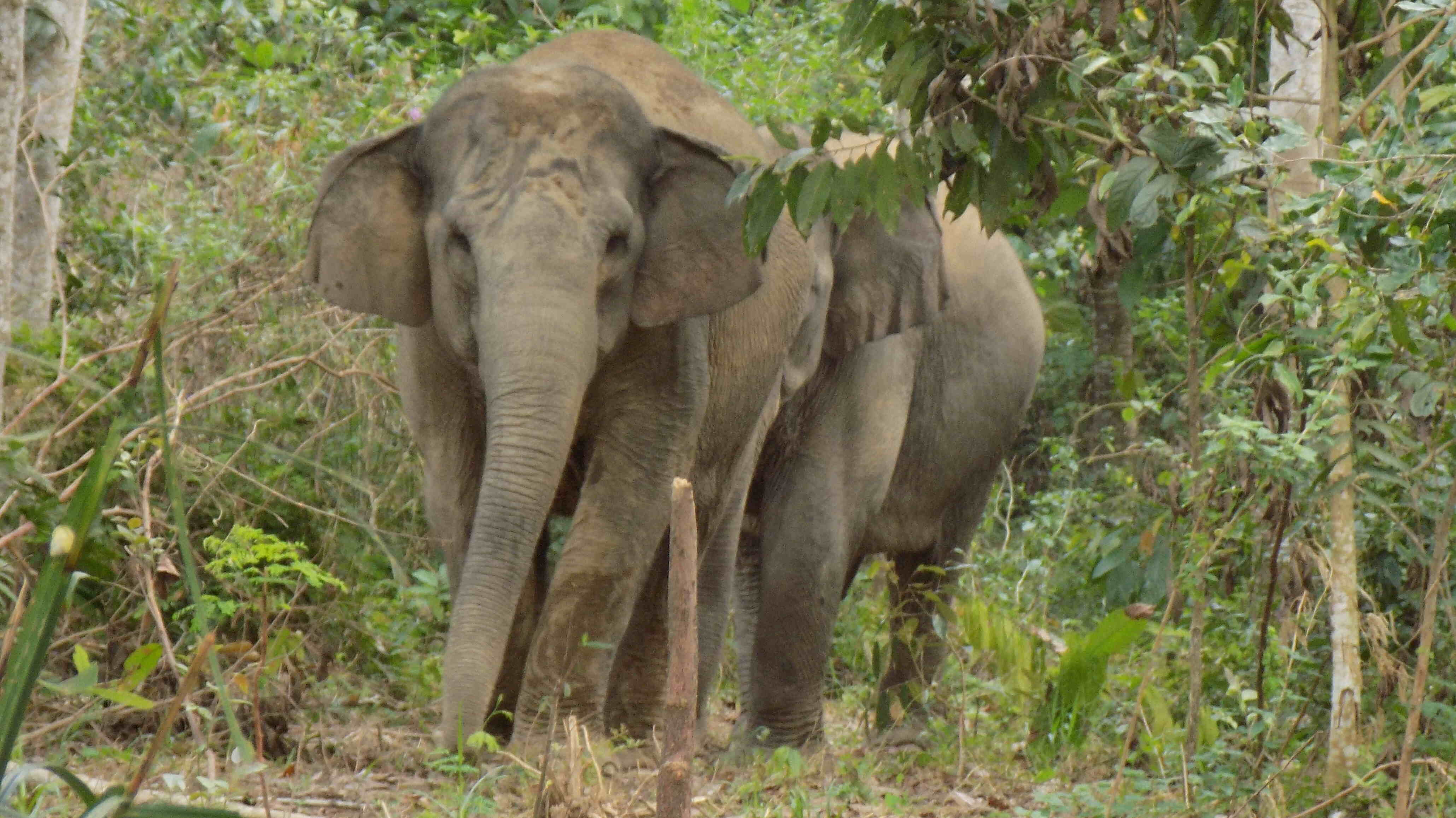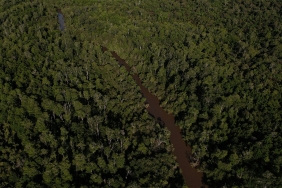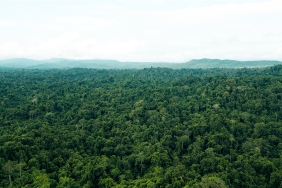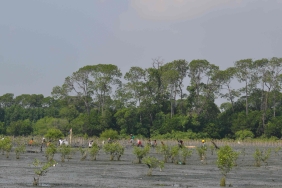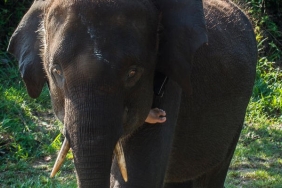ELEPHANT CAPTURE, IS IT IMPORTANT?
By: Wishnu Sukmantoro
Yesterday in the news in various newspaper media, KSDAE - KLHK (Directorate of Natural Resources and Ecosystem Conservation - Ministry of Environment and Forestry) approved the capture and removal of elephants in Subulussalam, Aceh for disturbing the community. Is the capture and removal of elephants in that location important and a priority?
Since the 1980s, the capture and removal of wild elephants has been a government program under Tata Liman, Bina Liman and Guna Liman from 1982 - 1995. From this program, an estimated 520 wild elephants were captured and entered into elephant training centers. This program continued for example in Riau until 2006. The concept was later revised in the national Elephant Conservation Strategy 2007-2017 due to the implications of elephant capture and relocation to other locations (Sumatra and Kalimantan Elephant Conservation Strategy 2007-2017, MoEF).
The capture and relocation of elephants is not only a golden achievement for the capture and removal teams, which also involved the military at the time (e.g. Operation Ganesha, which removed elephants from Air Sugihan, South Sumatra in 1982), but also reveals a heartbreaking story. WWF Indonesia's records since 2000 show that in September 2000, three elephants died from drug overdose during the translocation process, then in 2001, 12 elephants were found dead by March due to the capture process. In 2002, between May and July 2002, 14 elephants were captured and relocated from the palm oil plantation company PT Bina Fitri due to land clearing for palm oil plantations, which later led to conflicts. The incidence of elephant deaths due to capture and translocation continued until 2004 (Mikota & Hammat 2004).
The implications of elephant capture and translocation, especially if not well prepared, are death due to anesthesia, infectious wounds that can lead to death due to the use of chains or strapping devices in the capture and transfer process, exposure to disease in the capture and transfer process, stress and disorientation. Some cases of elephants released without rehabilitation include elephants returning or trying to return to their original habitat despite having to travel tens or even hundreds of kilometers, such as the case of male elephant Haris in Jambi a few years ago.
Last Step
Since 2007, elephant conservation stakeholders have agreed that capturing and removing elephants due to human-elephant conflict is not the right solution, however, capturing and removing elephants can be done as a last resort, where all solutions for elephants cannot be done in that location. This criterion is subject to rigorous selection and analysis, especially monitoring and evaluating the efforts of stakeholders including companies and communities towards human-elephant conflict mitigation solutions at the site. Selection and analysis can be done by elephant conservation experts or organizations that specialize in elephant conservation, such as the Indonesian Elephant Conservation Forum (FKGI). FKGI in its website has made criteria on elephant capture and translocation due to conflict http://www.gajah.id/strategi/penanggulangan-konflik-gajah.
In many cases, especially involving local governments, the capture and translocation of elephants is not a last resort, but as a practical step to eliminate the problem, even though solution steps have not been taken. In 2008-2009, for example, several local government budgets in several provinces in Sumatra budgeted the concept of mitigating human-elephant conflict by capturing and relocating elephants without any other solution options. Some palm oil companies that have concessions within elephant range also have the same view on conflict mitigation, namely moving elephants out of their concessions or building permanent artificial barriers, namely elephant trenches because they are considered pests.
This condition is not only not a good solution, but also moves the conflict problem to another area. In Aceh or in Riau and Jambi, companies build elephant trenches to block elephants from entering their concessions. Then, the following year, human-elephant conflict arises in a place that was not the elephant's home range due to the blockade by the company. In this area, both elephants and humans died as a result of the conflict. Companies modeled after this do not deserve to be called green companies.
Mature Scenarios
Capturing and translocating elephants should be a well-thought-out scenario. First of all, a strong rationale for the capture and translocation option and secondly, an evaluation of the options that have been undertaken. In many cases, the options are not optimized, but then quick action is taken to move the elephant to another location. Third, the preparation of the capture and translocation team, surveying the position of the elephant to be relocated, preparation of capture and tranquilization equipment, safety SOPs and post-capture and translocation scenarios.
There are at least two post-translocation options, the first is to be moved to an elephant training center, this option is usually burdensome for the government because it becomes a burden to maintain captured elephants. Second, translocation to another area, the problem is that it is difficult to find a safe location especially without careful preparation. Learning from a case in Jambi some time ago in a translocation position to one of the Hutan Harapan ecosystem restorations - Jambi (Haris elephant translocation), preparations and plans had been built a year or two before. The goal is clear, that is, in addition to the solution to the Haris elephant, which always deviates from the path when repatriated from the location of the deviation (returned to the original location), this elephant, even though it has been repatriated twice, still deviates from the path, even tens of km from the original location.< br />
Second, translocation was used to increase the elephant population in Hutan Harapan, where no male elephants were identified. The introduction of male elephants in these locations can increase the hope of maintaining the population when mating with groups of females. This group of elephants will have more value as a pocket that serves to increase the elephant population.
The preparation of the translocation site must be done carefully, because it anticipates that elephants will return to the original location, as well as anticipating human-elephant conflicts in the new location, which is more exciting than the original location.

